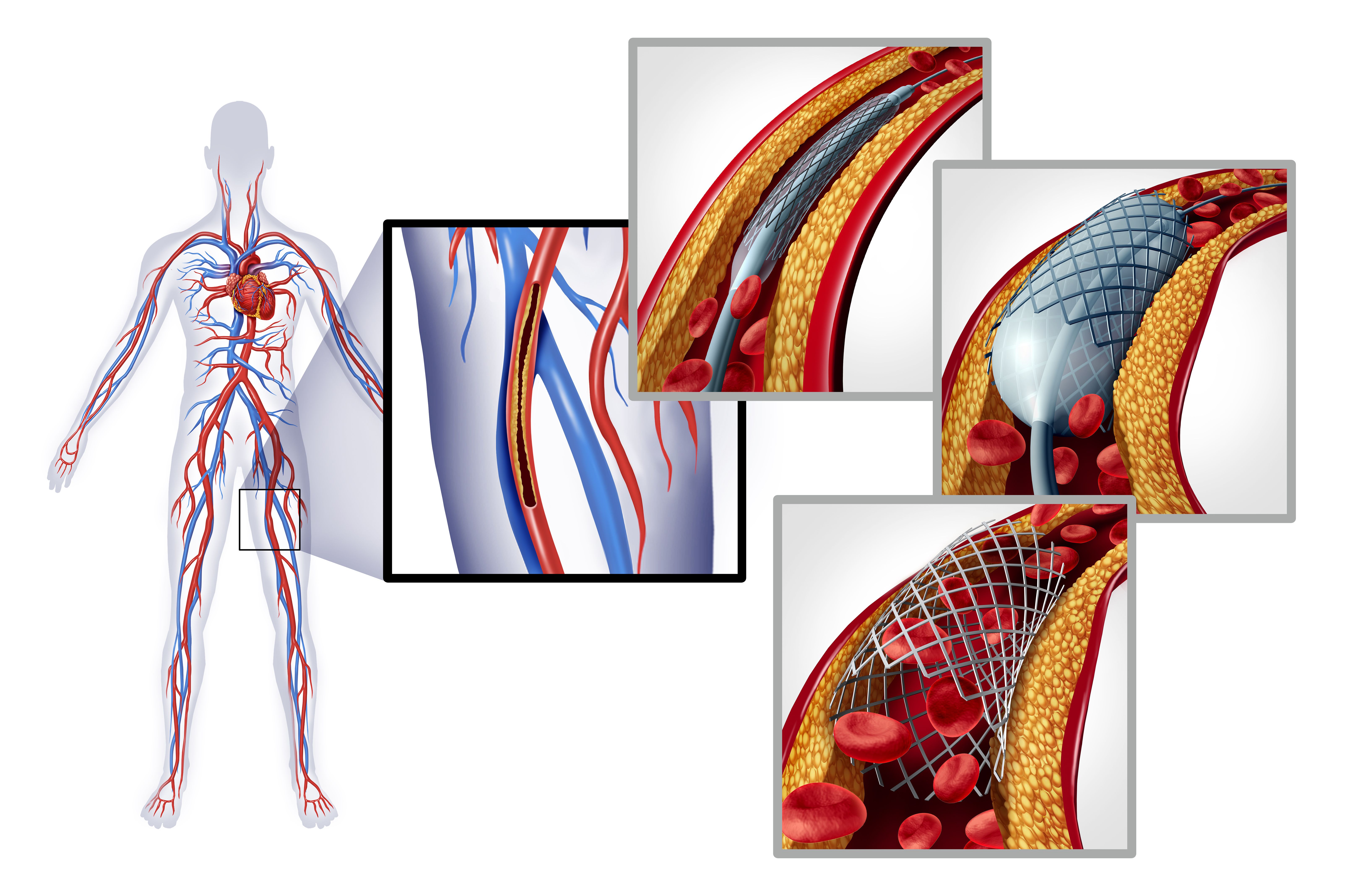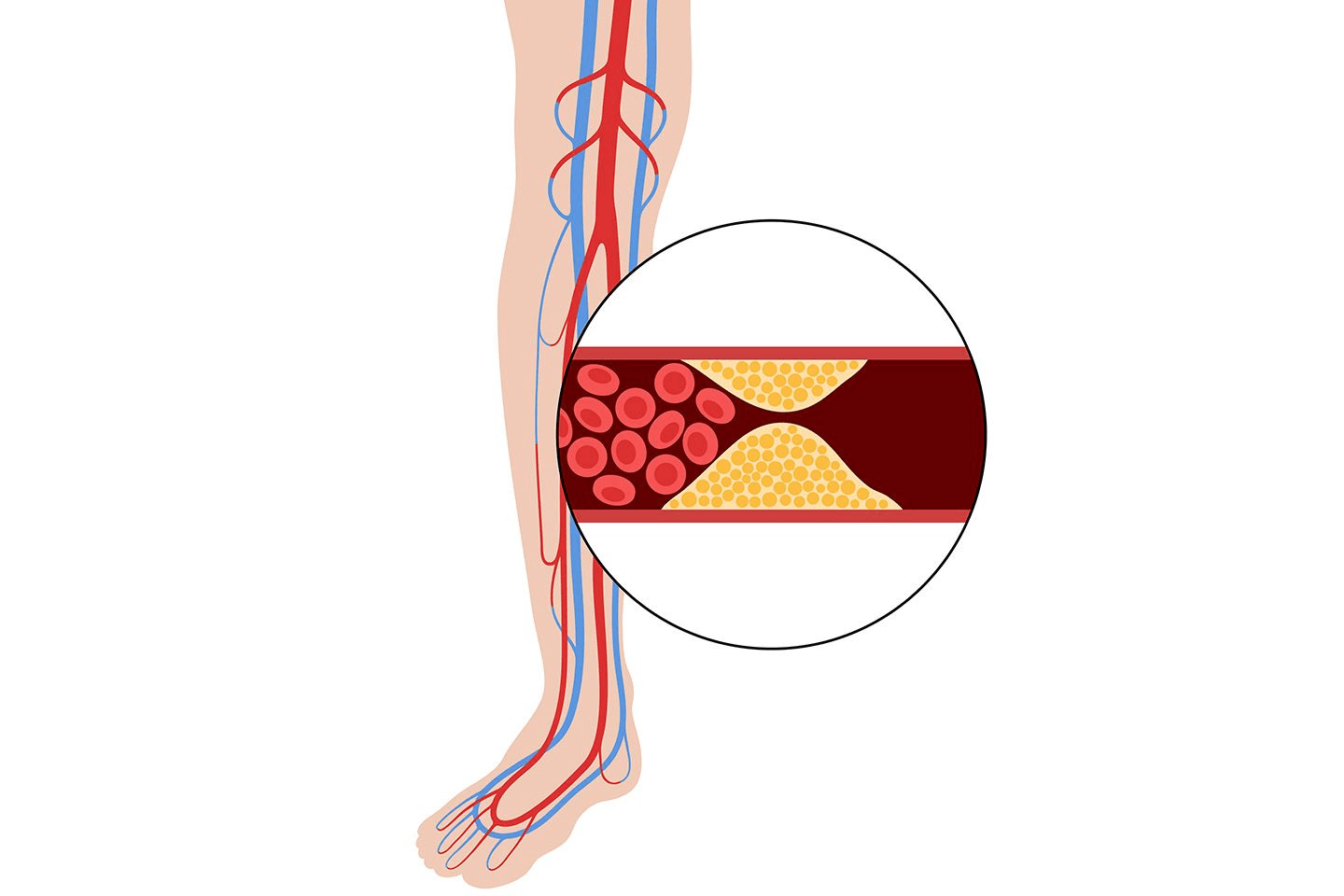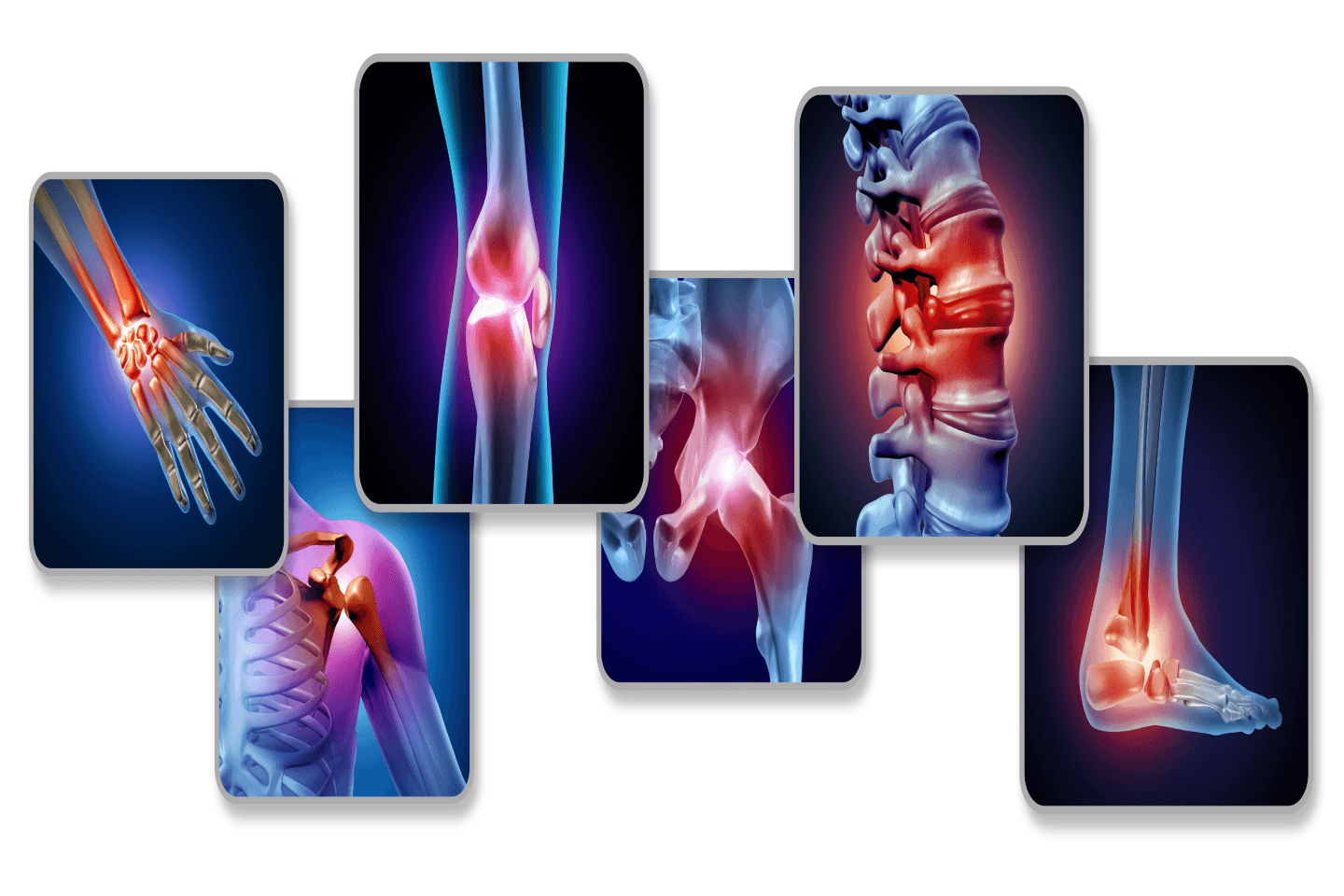
Peripheral Angioplasty – what is it?
Introduction
Diseases affecting the blood vessels have become all too common these days. The increasing popularity of a sedentary lifestyle and habits like fast food consumption and smoking have led to problems affecting either the blood supply of the heart, called Coronary Artery Disease (CAD), or the rest of the body, called Peripheral Artery Disease (PAD).
Symptoms of peripheral artery disease include calf cramps, sores that do not heal on the foot, and cold skin on the feet.
What is peripheral angioplasty?
Peripheral angioplasty is a minimally invasive procedure where a small balloon is inflated inside the narrowed artery to widen it. A tiny metal mesh tube called a stent is often placed afterwards to keep the artery open and prevent it from narrowing again. This combination helps restore normal blood flow to the affected area.1
How is peripheral angioplasty performed?
Peripheral angioplasty is a minimally invasive medical procedure performed under local anesthesia. Here is a look at what happens during the procedure:
- A thin tube called a diagnostic catheter is inserted through a tiny incision in the patient’s hip.
- Live X-ray helps the surgeon guide the catheter through the artery to the site of blockage.
- A dye is used to identify the site of blockage.
- Once the site of blockage has been identified, a second catheter called a balloon catheter is inserted into the artery.
- The balloon is inflated inside the artery to press the plaque against the arterial wall to resume normal blood flow.
- If required, the doctor could choose to keep the artery open with the help of metallic stent support.
- Once the stent has been placed, the incision will be closed.
Procedure recovery
Most patients can go home the same day after the procedure, but some may stay overnight for monitoring depending on their health. It is important to watch for any bleeding, redness, chest pain, or other unusual symptoms and contact your doctor immediately if they occur. After surgery, avoid activities that strain your legs, such as running or climbing stairs, for about two months. Gentle walking over short distances is usually allowed. Your doctor will give you specific instructions about your recovery and any medications you need to take, such as those for cholesterol, blood pressure, or diabetes. Following a healthy diet, regular exercise, and quitting smoking and alcohol are important to keep your arteries healthy and prevent future problems.2
Preparing for the procedure
Before the procedure, your doctor will do tests like an ultrasound to check blood flow in your arteries and blood tests to see if you have conditions like diabetes or high cholesterol. Be sure to tell your doctor about any medicines you are taking. You will need to avoid eating or drinking for a few hours before the angioplasty, and the hospital staff will tell you exactly how long.3
Long-Term Outcomes and Survival
● Studies show high technical success rates (~88-94%) with low complication rates.
● Long-term patency rates (artery staying open) remain good at 1 to 3 years post-procedure (around 81-86%).
● Five-year survival rates for PAD patients undergoing angioplasty are promising (around 88.5%), comparable even in patients with coexisting coronary artery disease.4
Importance of Lifestyle and Medical Management
- Post-procedure success depends significantly on managing risk factors such as diabetes, high cholesterol, and smoking cessation.
- Patients are advised to adhere to prescribed medications and lifestyle changes to maintain artery health and prevent recurrence.5
Conclusion
Peripheral angioplasty is a minimally invasive and effective treatment for Peripheral Artery Disease (PAD) that opens blocked arteries and restores blood flow. It offers quick recovery, high success rates, and reduces the risk of serious complications like limb amputation. Combining the procedure with healthy lifestyle changes and proper medical care ensures the best long-term outcomes. Overall, peripheral angioplasty is a valuable option to improve symptoms and quality of life for PAD patients. Promesa BMS from Meril Life Sciences offers advanced stent technology for patients in need of a Peripheral angioplasty Procedure.
References
1 https://pubmed.ncbi.nlm.nih.gov/17223489/
2https://www.betterhealth.vic.gov.au/health/conditionsandtreatments/peripheral-vascular-disease
3 https://www.upmc.com/services/heart-vascular/services/procedures/angioplasty
4 https://pmc.ncbi.nlm.nih.gov/articles/PMC3291146/
https://pubmed.ncbi.nlm.nih.gov/21477442/
https://pmc.ncbi.nlm.nih.gov/articles/PMC8133421/
5https://www.ijcmaas.com/images/archieve/IJCMAAS_OCT_2021_VOL32_ISS2_02.pdf



